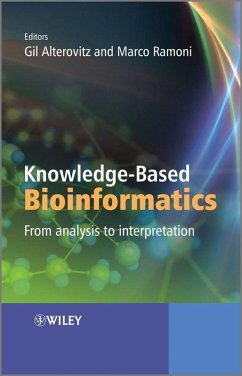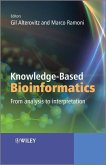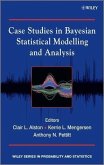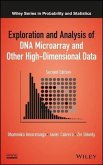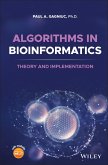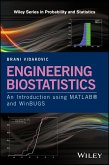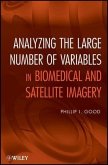There is an increasing need throughout the biomedical sciences for a greater understanding of knowledge-based systems and their application to genomic and proteomic research. This book discusses knowledge-based and statistical approaches, along with applications in bioinformatics and systems biology. The text emphasizes the integration of different methods for analysing and interpreting biomedical data. This, in turn, can lead to breakthrough biomolecular discoveries, with applications in personalized medicine.
Key Features:
Students, researchers, and industry professionals with a background in biomedical sciences, mathematics, statistics, or computer science will benefit from this book. It will also be useful for readers worldwide who want to master the application of bioinformatics to real-world situations and understand biological problems that motivate algorithms.
Key Features:
- Explores the fundamentals and applications of knowledge-based and statistical approaches in bioinformatics and systems biology.
- Helps readers to interpret genomic, proteomic, and metabolomic data in understanding complex biological molecules and their interactions.
- Provides useful guidance on dealing with large datasets in knowledge bases, a common issue in bioinformatics.
- Written by leading international experts in this field.
Students, researchers, and industry professionals with a background in biomedical sciences, mathematics, statistics, or computer science will benefit from this book. It will also be useful for readers worldwide who want to master the application of bioinformatics to real-world situations and understand biological problems that motivate algorithms.
Dieser Download kann aus rechtlichen Gründen nur mit Rechnungsadresse in D ausgeliefert werden.

